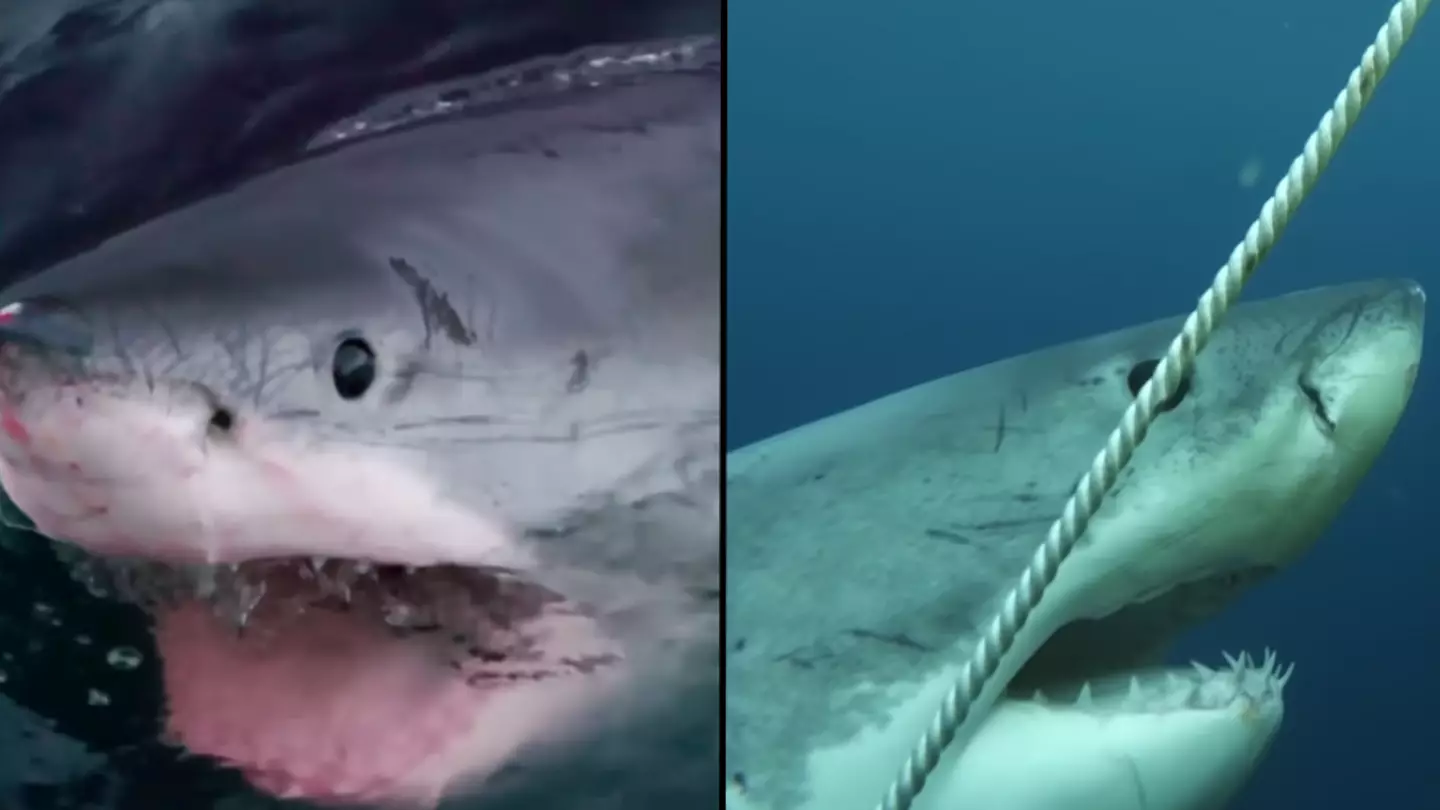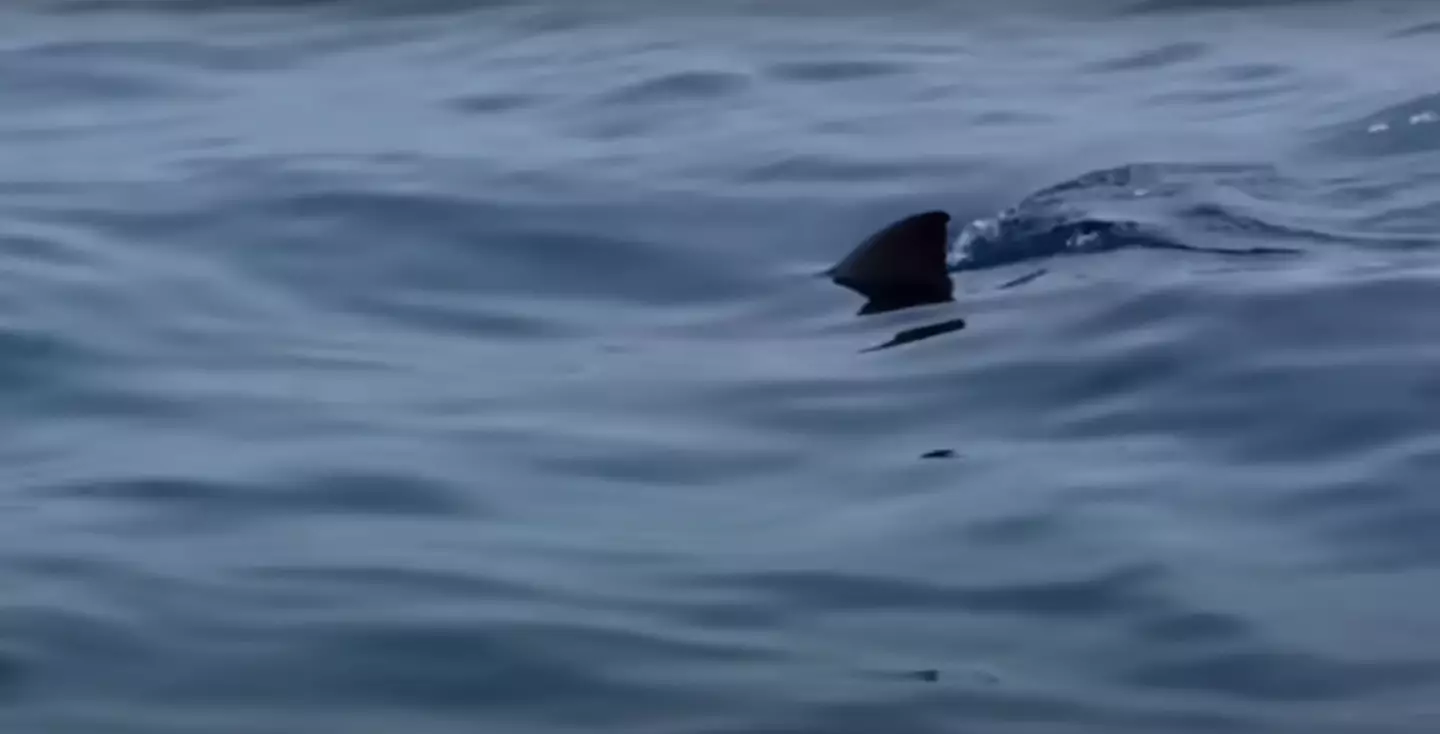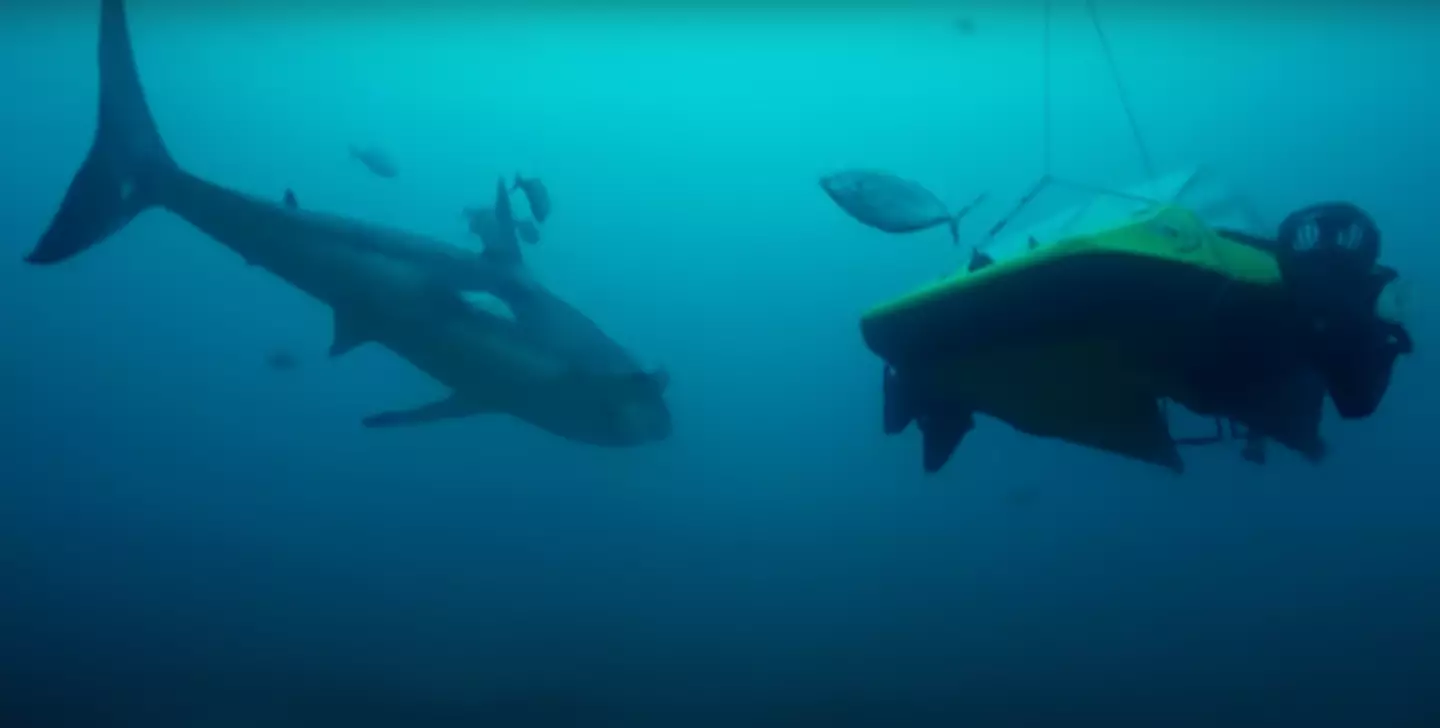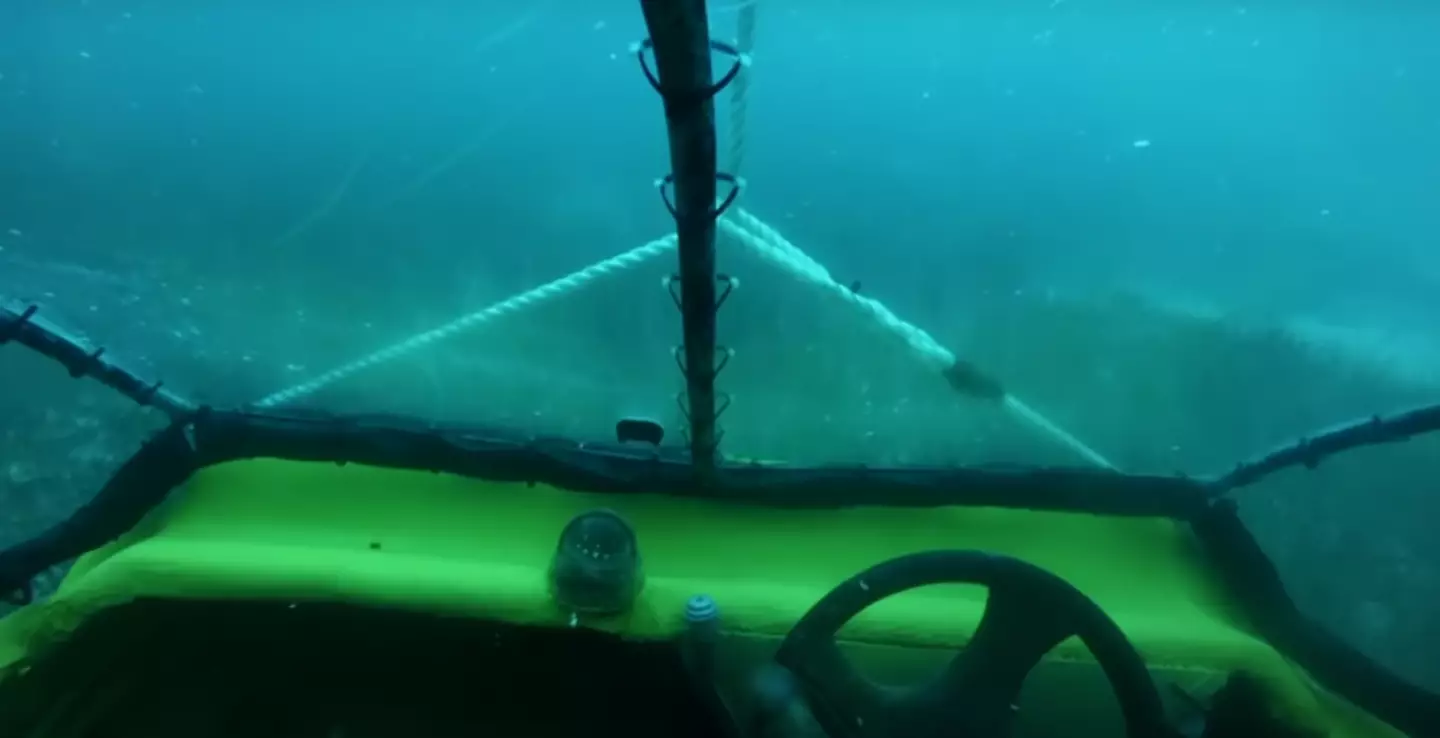
Scientists have captured the moment a 15ft great white shark attacked a divers' camera as they hunted for a 'super predator' in Australia's 'Kill Zone'. Watch the footage here:
The footage, which aired on the Discovery Channel as part of wider documentary, sees a submarine camera lowered from a small boat before it comes up close and personal with a female shark.
The shark appears curious initially before it attempts to sink its teeth into the side of the camera.
Advert

Not content with just a taste of the camera equipment, the shark eventually severs one of the cords and the footage shows the camera sinking down to the ocean bed.
Scientists watched on from the main boat as they see their equipment sinking down to the bottom of the sea on Western Australia's coast.
Content with the damage it has caused, the shark quickly swims off into the distance from Bremer Bay.
The area in Bremer Bay is nicknamed the 'Kill Zone' and is one of the top locations to spot predators like great white sharks.

Scientists are currently convinced a 35ft 'super predator' shark lurks in these waters and are keen to get more sightings of it.
Theories also suggest that the massive predator could even have eaten smaller great white sharks, as smaller beasts being tracked are disappearing from satellite trackers and their tracking device tags washing up on shore.
A tracking tag from a three-metre shark sparked the theory after it was closely followed for four months and then seemingly disappeared from the tracker overnight.
Filmmaker Dave Riggs was part of the crew documenting the Commonwealth Scientific and Industrial Research Organisation's white shark satellite tagging program in 2004, which followed the shark before its tags washed up in the Bremer Bay area.

Speaking to the Mail Online, Riggs said: "There was no algae growth and it (the tag) was white - it looked like it had been bleached in stomach acid.
"The data contained on the shark showed at least the tag had been ingested with an animal with the internal temperature of 26 degrees."
He added: "Looking at the profile of the animal that ate it, 26 degrees, that's pretty high but not enough to be a mammal but it's something seriously huge to sustain that temperature - the larger the animal, the more capable it is of an elevated temperature."

Riggs isn't convinced the three-metre shark could have been eaten by a bigger great white shark, but could just be a bigger predator in general, with the area known for being a prime hunting ground for killer whales as well as other species.
He explained: "This is nature at work and we are just trying to get to the bottom of something that happened years ago.
"I don't know that we will ever know what happened to that animal, but if the reports are true (from the whalers) we may get a glimpse at what they saw."
Topics: Animals, World News